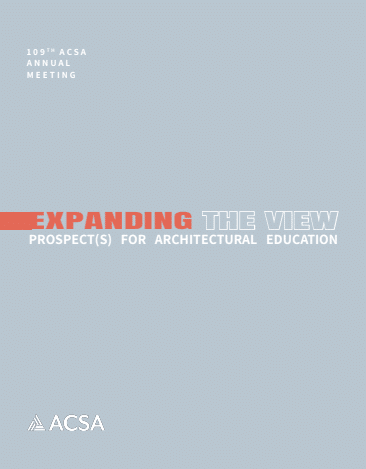Author(s): Chris Cosper & Denise Cosper
“I got into architecture because I loved to draw. But now, I spend all day writing.” This statement, spoken by an architect in the twilight of his career, encapsulates the experience of many architects, whose careers often evolve from designing, visualizing, and detailing a project to project management, office management, and client relations, which require the composition of countless emails, letters, and other forms of written communication. Technical writing is a critical but underappreciated component of architectural practice, and—correspond¬ingly—it is an undervalued part of architectural education. Gerald Grow argued in “The Writing Problems of Visual Thinkers” that architects think—and therefore write—differently than the general population. If Grow is correct, should architectural educators not develop a unique pedagogical approach to teaching architects how to communicate through technical writing? And if so, which pedagogical approach is correct? In The Reflective Practitioner and Educating the Reflective Practitioner, Donald Schön investigated the way that architects and other professionals work through a problem through a process of testing potential solutions, what Schön called “knowing-in-action,” “reflection-in-action,” and “reflecting on reflection-in-action” (his term for meta-thinking). Because the writing process mirrors the design process in many ways, Schön’s ideas for educating the reflective practitioner should be appropriate for teaching architecture students to write more effectively. This paper analyzes the preliminary introduction of Writing-in-Action during the 2019-20 academic year and fall 2020 semester. The analysis includes three components: 1) an examination of the Writing-in-Action method in a senior-level “bookend” sustainability seminar, 2) an examination of specific Writing-in-Action interventions in a first-year introduction to sustainability course, and 3) a discussion of progress-to-date in a first-year English class taught during the fall 2020 semester.
https://doi.org/10.35483/ACSA.AM.109.71
Volume Editors
ISBN
978-1-944214-37-1

 Study Architecture
Study Architecture  ProPEL
ProPEL 
